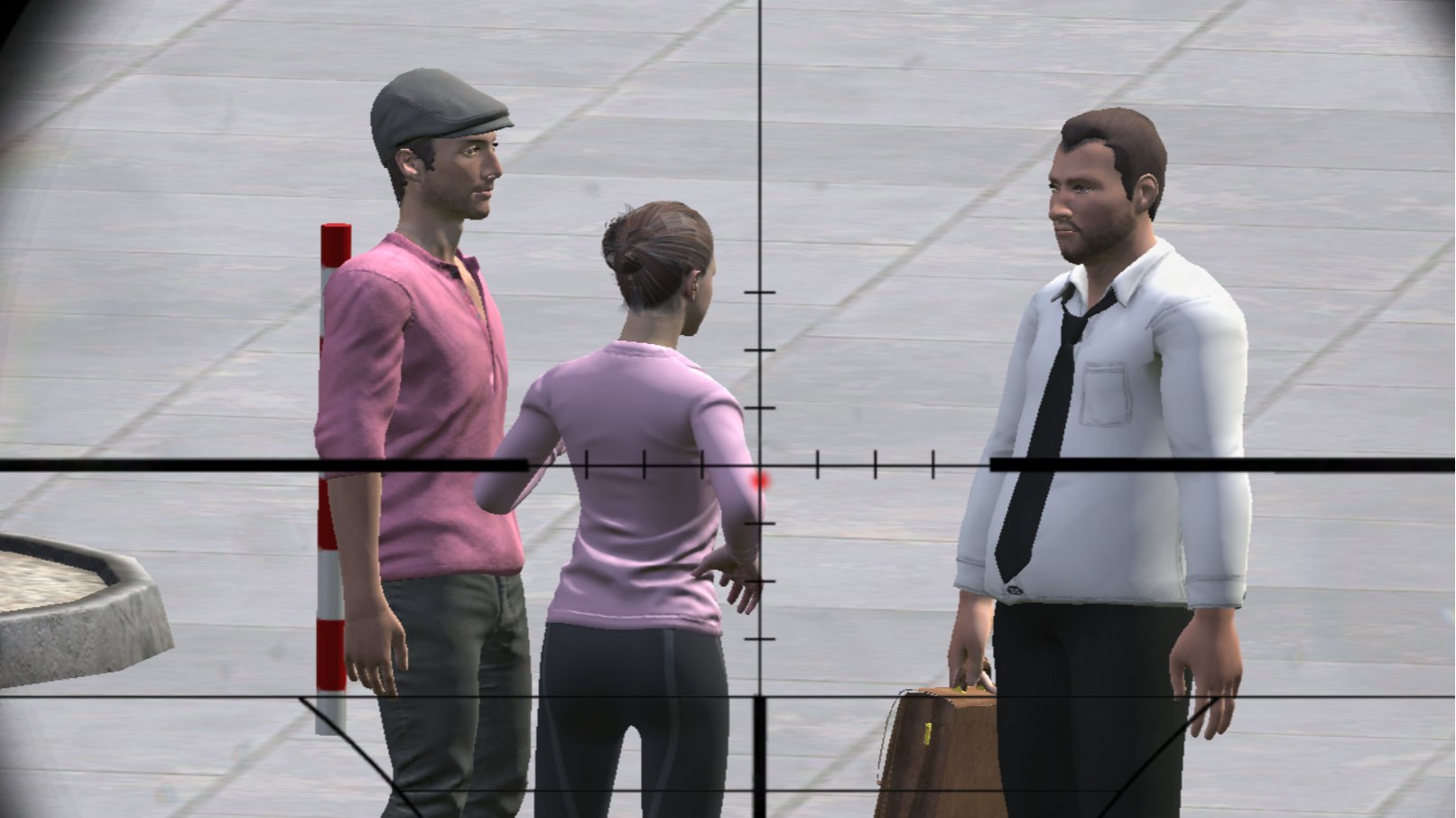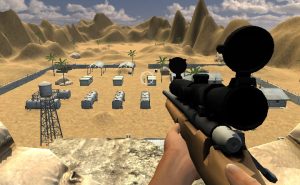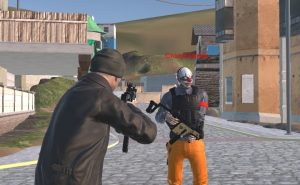
17534

Slendrina Must Die: The Cellar - The Ultimate Horror Survival Experience
Game Overview
Slendrina Must Die: The Cellar plunges players into a terrifying survival challenge where escape requires solving the mansion's darkest secrets. This psychological horror game intensifies the Slendrina mythos through claustrophobic environments and mind-bending puzzles. Players in Slendrina Must Die: The Cellar must navigate shifting architecture while evading Slenderman's relentless pursuit, creating an atmosphere of perpetual dread amplified by dynamic sound design and sanity mechanics.
Core Gameplay Mechanics
Painting Collection System
Slendrina Must Die: The Cellar begins with locating eight cursed paintings that reveal fragments of Slendrina's origin story. Each artwork in Slendrina Must Die: The Cellar triggers environmental changes, unlocking new areas while awakening additional supernatural threats. The painting hunt requires memorizing mansion layouts and deciphering cryptic clues hidden in Slendrina Must Die: The Cellar's ever-changing rooms.
Book Retrieval Challenge
After surviving Slenderman's initial attack, Slendrina Must Die: The Cellar shifts objectives to finding eight demonic texts scattered through the cellar complex. These grimoires in Slendrina Must Die: The Cellar contain ritual instructions needed to break the house's curse, with each book acquisition intensifying paranormal activity and altering enemy behavior patterns.
Enemy Dynamics
Slenderman Encounters
Slendrina Must Die: The Cellar features enhanced AI for its primary antagonist, with Slenderman adapting pursuit tactics based on player movement patterns. The Entity's appearance triggers sanity-draining visual distortions in Slendrina Must Die: The Cellar, requiring players to manage both physical evasion and mental stability through medication scavenging.
Secondary Threats
Beyond Slenderman, Slendrina Must Die: The Cellar introduces shadow creatures and poltergeists that manipulate objects. These entities in Slendrina Must Die: The Cellar exhibit unique vulnerabilities, forcing players to experiment with environmental interactions and limited resources to survive encounters.
Environmental Design
Mansion Architecture
Slendrina Must Die: The Cellar's four-story mansion contains 36 rooms with non-Euclidean spatial relationships. Players must decode wall symbols and analyze furniture arrangements to navigate this labyrinthine structure. Hidden passages in Slendrina Must Die: The Cellar require precise timing to access, while trapped chambers test puzzle-solving under pressure.
Cellar Complex
The subterranean level of Slendrina Must Die: The Cellar introduces flooding mechanics and oxygen management challenges. Rotating stone walls and occult altars dominate this area, with Slendrina Must Die: The Cellar's final rituals requiring careful item placement amidst growing supernatural interference.
Survival Systems
Sanity Management
Slendrina Must Die: The Cellar implements a progressive insanity system affecting gameplay perception. Hallucinations become indistinguishable from reality as meters deplete, requiring players to locate sanity-restoring items hidden throughout Slendrina Must Die: The Cellar's environments. Mental stability directly impacts puzzle-solving accuracy and enemy visibility.
Resource Scarcity
With limited batteries for flashlights and single-use warding charms, Slendrina Must Die: The Cellar forces strategic resource allocation. Players must choose between illumination and stealth in Slendrina Must Die: The Cellar, creating tense risk-reward scenarios during critical path progression.
Puzzle Complexity
Symbol Decryption
Slendrina Must Die: The Cellar contains 14 distinct occult languages requiring gradual translation through collected clues. Puzzle solutions often combine multiple symbol sets, with errors in Slendrina Must Die: The Cellar triggering deadly traps or enemy spawns.
Environmental Puzzles
Rotating room segments and gravity-defying chambers challenge spatial reasoning in Slendrina Must Die: The Cellar. Players must manipulate light sources and reflective surfaces to reveal hidden pathways, often while evading pursuing entities in Slendrina Must Die: The Cellar's most intense sequences.
Technical Specifications
Visual Presentation
Slendrina Must Die: The Cellar utilizes dynamic lighting systems to enhance horror atmosphere, with real-time shadow calculations affecting enemy detection. The game's texture streaming technology ensures seamless transitions between Slendrina Must Die: The Cellar's reality-warping environments.
Audio Engineering
Binaural sound design in Slendrina Must Die: The Cellar provides precise spatial awareness of approaching threats. The adaptive soundtrack intensifies during key moments, with Slendrina Must Die: The Cellar's audio cues offering subtle hints about puzzle solutions and hidden item locations.
Difficulty Modes
Standard Challenge
Casual players experience Slendrina Must Die: The Cellar with checkpoint saves and reduced enemy aggression. This mode maintains core puzzle complexity while offering tutorial prompts for Slendrina Must Die: The Cellar's occult symbol system.
Nightmare Mode
Hardcore survivalists face permadeath mechanics and randomized item placements in Slendrina Must Die: The Cellar's ultimate challenge. Enemy AI becomes predictive rather than reactive, requiring constant innovation to escape Slendrina Must Die: The Cellar's cursed grounds.
Community Engagement
Slendrina Must Die: The Cellar supports shared nightmare experiences through asynchronous multiplayer features. Players can leave cryptic warnings or false clues in Slendrina Must Die: The Cellar's environment, creating meta-layers of psychological warfare. Regular content updates expand the game's lore while introducing new puzzle types to Slendrina Must Die: The Cellar's ever-evolving mansion.








